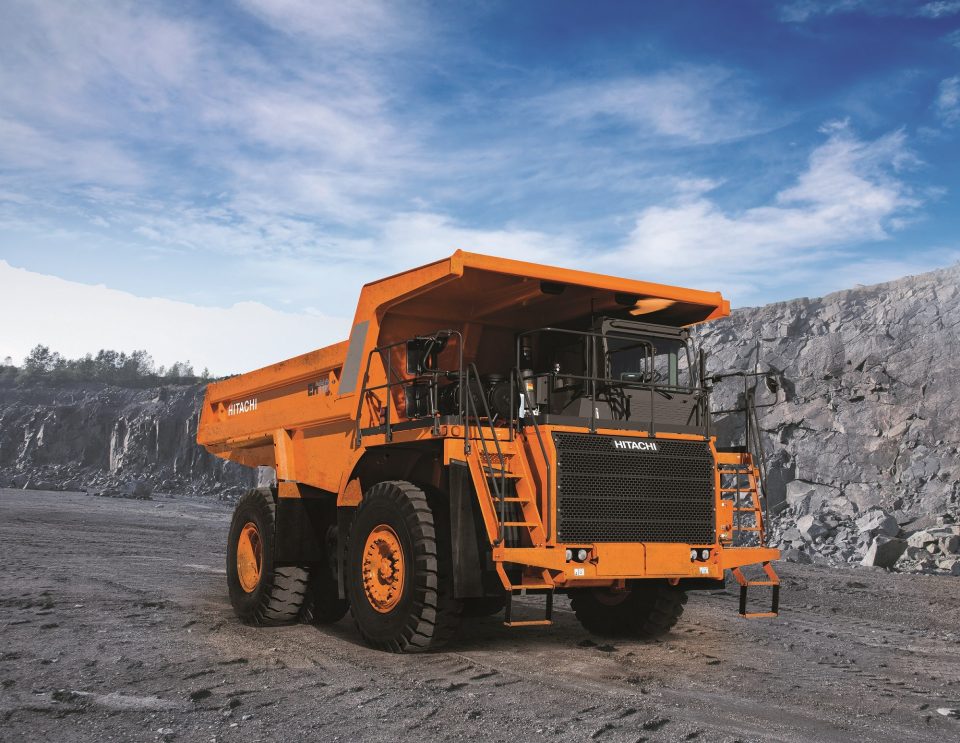As the implementation of proximity detection systems (PDS) takes centre stage at surface mining operations ahead of the yet-to-be-announced compliance deadline, leading PDS and CPS developer Booyco Electronics has encouraged mining companies to give equal impetus to both vehicle-to-vehicle and vehicle-to-people installations.
According to Anton Lourens, CEO of Booyco Electronics, traffic management planning has come under the spotlight recently as requirements for PDS and effective risk management interventions are set to become enforceable under the provisions of the Mine Health and Safety Chapter 8 MHSA Act 29 of 1996.
Despite the uncertainty around the exact compliance deadline surface mines have, in recent years, advanced their risk assessments and installation of PDS technology, where significant risk exists. However, Lourens is concerned about the seemingly one-sided focus on vehicle-to-vehicle installations, at the expense of equally important vehicle-to-people installations.
“Out of the enquiries we get, we have observed that there is limited assumed risk on people detection,” says Lourens. “We see a big focus on vehicle-to-vehicle risk, with limited requests for the people protection aspect of PDS installations. We are not sure if the approach is informed by internal risk assessments or the fact that mines have put in place measures to separate people from machines.”
As part of their risk assessments, several operations have, as an example, implemented pedestrian walkways as a means of separating people from moving machinery. While Lourens acknowledges that PDS technology is not a silver bullet on the quest for Zero Harm, he believes that, as an engineering control system, the technology has proven its mettle in mitigating risk at mines.
“We have seen operations opting for fixed barriers as part of their traffic management plans to separate people from machinery,” says Lourens. “Separating people from moving machinery only mitigates part of the risk, yet the PDS can warn against possible collisions (Level 7), identify corrective paths (Level 8), or implement a ‘slow-down and stop’ intervention together with ‘motion inhibit’ (Level 9), which makes it a better solution than physical barriers.”



